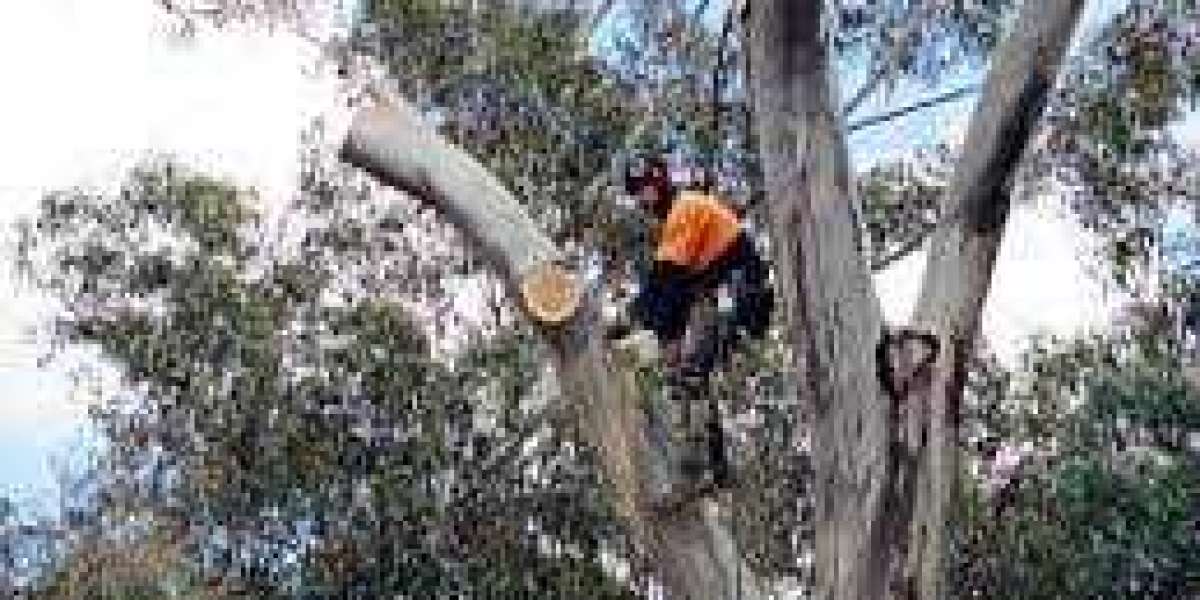The majestic beauty of trees contributes significantly to our environment, providing shade, enhancing landscapes, and supporting ecosystems. However, there are times when tree cutting becomes necessary for various reasons, such as safety concerns, disease management, or urban development. In such instances, the practice of sustainable tree cutting is crucial to maintain a balance between environmental preservation and human needs. This guide explores the art of sustainable tree cutting, focusing on responsible arboriculture practices.
Understanding Sustainable Tree Cutting
Defining Sustainable Tree Cutting
Sustainable tree cutting involves the careful and thoughtful removal of trees while considering the long-term impact on the environment. It goes beyond the act of simply felling a tree and encompasses practices that minimize ecological disruption, support biodiversity, and promote the health of the surrounding ecosystem.
The Importance of Responsible Arboriculture
Responsible arboriculture emphasizes the use of ethical and environmentally friendly methods in tree cutting. This approach considers the overall health of the ecosystem, the well-being of other vegetation, and the impact on wildlife habitats. It aims to strike a balance between human needs and ecological preservation.
Key Principles of Sustainable Tree Cutting
- Assessment and Planning
Before initiating any tree cutting project, a thorough assessment is essential. Arborists evaluate the tree's health, the surrounding environment, and potential impacts on neighboring flora and fauna. A well-thought-out plan is then developed, taking into account the most sustainable and least disruptive methods.
- Selective Tree Cutting
Sustainable practices often involve selective cutting rather than clear-cutting. Selective tree cutting targets specific trees based on criteria such as age, health, and species. This approach helps maintain biodiversity and allows for the regeneration of the forest or green space.
- Minimizing Waste through Recycling
Responsible arboriculture includes efforts to minimize waste by recycling tree materials. Wood chips can be repurposed for landscaping, and larger timber can be used for construction or other projects. Recycling tree materials reduces the environmental impact of tree cutting and contributes to a circular economy.
- Replanting and Reforestation
To compensate for the removal of trees, sustainable tree cutting practices often involve replanting and reforestation efforts. Planting native tree species in the same area helps restore the ecosystem and maintains the balance of the local environment.
The Role of Arborists in Sustainable Tree Cutting
Arborists play a crucial role in ensuring that tree cutting practices align with sustainability principles. These professionals have the expertise to assess tree health, identify potential risks, and develop strategies for sustainable tree removal. Their knowledge helps guide tree cutting projects in a way that minimizes negative environmental impact.
Arborists in Adelaide, a city known for its commitment to environmental conservation, emphasize the importance of sustainable tree cutting practices. In the context of tree cutting Adelaide, arborists work closely with communities and local authorities to implement responsible arboriculture methods that align with the city's green initiatives.
The Challenges of Urban Development
As urban areas expand, the demand for tree cutting often increases to make way for infrastructure and development projects. Balancing the needs of a growing city with environmental sustainability can be challenging. However, responsible arboriculture aims to find solutions that allow for development while preserving green spaces and maintaining the ecological balance.
Conclusion:
In the art of sustainable tree cutting, responsible arboriculture is the guiding principle. By adhering to sustainable practices, we can ensure that tree cutting serves its purpose without compromising the health of our environment. In Tree Cutting Adelaide, where environmental consciousness is high, adopting these practices becomes even more critical.
As we move forward, it is essential to recognize the value of trees and the role they play in our ecosystem. Through responsible arboriculture, we can strike a harmonious balance between urban development and environmental preservation, ensuring a greener and healthier future for generations to come.





